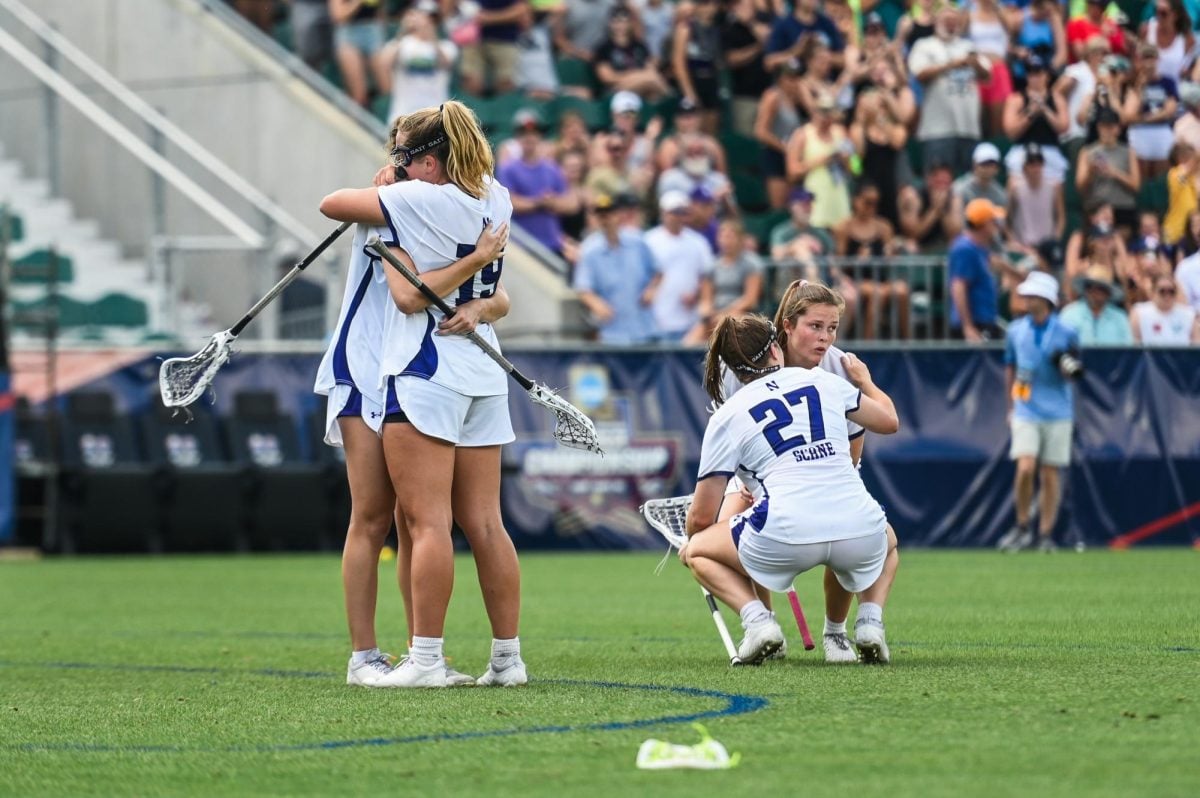The Big Ten is going down a slippery slope with its new tiered bowl-assignment scheme.
In announcing agreements with the Holiday Bowl and Kraft Fight Hunger Bowl on Monday, the conference said its representative in each game would be decided after “discussion between bowl and conference officials to create the best possible matchup.” The statement revealed the crux of the Big Ten’s new system, which will place bowl games in three tiers and then negotiate with the bowls to find the best fit.
ESPN’s Big Ten Blog reported Monday that the Capital One Bowl, Outback Bowl and Holiday Bowl will be the three top-tier bowl games. The Kraft Fight Hunger Bowl, Pinstripe Bowl and the shared tie-in between the Gator Bowl and Music City Bowl will comprise the middle tier. There will be an additional two or three lower-tier bowl games.
Last year, the Capital One Bowl was heavily criticized for taking Nebraska amid rumors the Big Ten may have pushed its agenda on the bowl. Although Capital One Bowl CEO Steve Hogan told The Daily in December the claims were “blatantly false,” the mere thought that a conference can overrule a bowl’s decision regarding which teams should play is tough to swallow.
(Updated: Capital One Bowl CEO calls rumors of Big Ten meddling ‘blatantly false’)
Conferences will always have a say in the bowl selection, but the Big Ten is taking it too far here. This system sets itself up for corruption and bias, which will lead to many angry fans and perhaps backfire for bowls looking to increase attendance.
To illustrate my point, I bring in a hypothetical that is within the realm of possibility.
It is the 2014 season, and Nebraska and Michigan finish second in their respective divisions with identical records. The two schools don’t meet on the gridiron, so who goes to the more prestigious bowl? To add an extra wrinkle, Wisconsin upsets Ohio State in the conference title game and the Buckeyes miss the playoffs as a result.
Under the past system, there was a bowl hierarchy, so one bowl got the first crack at picking one of the three teams. Now that there is no order of selection, the Big Ten is stuck in the middle, trying to make everyone happy when everybody knows somebody is going to get the short end of the stick.
The real question is how much power the Big Ten will wield in discussing matchups with bowls. If it wants to impose its will, then there will be strife within the conference. If the Big Ten is only there as an adviser, then why change the system to begin with?
The answer from Big Ten Commissioner Jim Delany is to fire up the fan bases by offering them new destinations, but he’s going about it all wrong. His resolution is to make sure each bowl game takes five teams in a six-year span, but what does that accomplish? Should 7-5 Michigan State get to go to a better bowl game than 9-3 Wisconsin because the three best bowls have already exhausted all of their options?
It will be interesting to see how the process unfolds over the next decade or so, but the Big Ten should realize it is going down a slippery slope and may do more to enrage fans than excite them.
Summe reporter Josh Walfish can be reached at [email protected]. Follow him on Twitter at http://www.twitter.com/JoshWalfish.






















